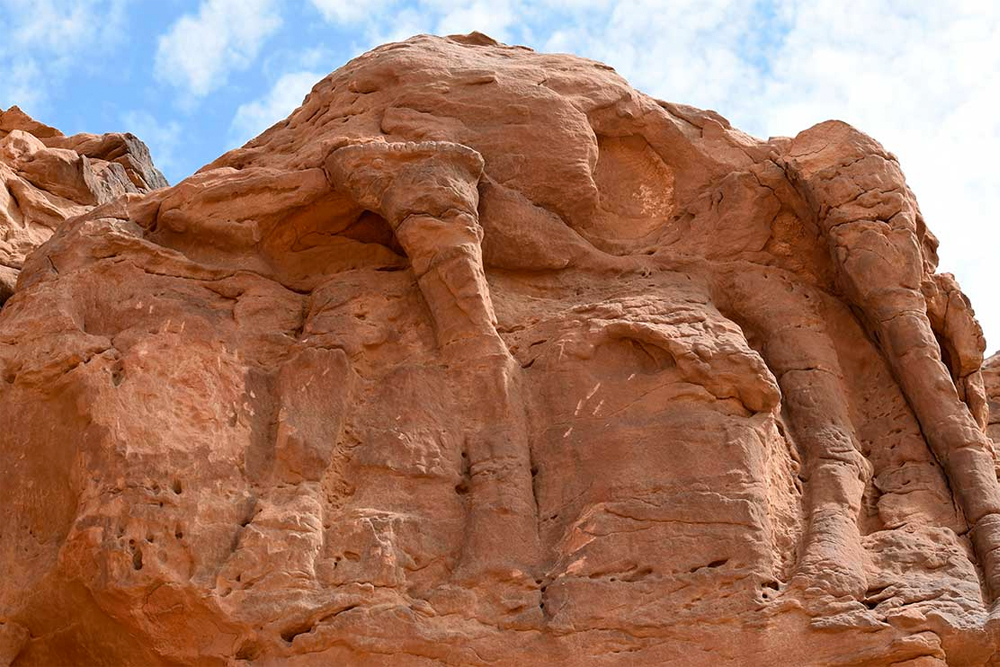
A study has revealed that a number of camel sculptures, first discovered in 2018, in Saudi Arabia, are likely to be the oldest surviving large scale animal reliefs in the world. Published in the Journal of Archaeological Science, the researchers behind the study are convinced that the life-size carvings could be between 7,000-8,000 years old.
The carvings that were discovered in the northern province of Al Jouf, are said to be older than the world’s most iconic historical landmarks including Egypt’s Pyramids of Giza, which are 4,500 years old, and England’s Stonehenge, which is 5,000 years old.
The #SaudiHeritageCommission team working at the ‘Camel Site’ in Al Jouf were able to identify and analyze rock carvings, even where they had been affected by natural erosion. pic.twitter.com/iAeDUNtJpN
— هيئة التراث (@MOCHeritage) September 15, 2021
The researchers also stated in a report by the BBC, that “Neolithic arrowheads and radiocarbon dates attest occupation between 5200 and 5600 BCE. This is consistent with measurements of the areal density of manganese and iron in the rock varnish. The site was likely in use over a longer period and reliefs were re-worked when erosion began to obscure detailed features. By 1000 BCE, erosion was advanced enough to cause first panels to fall, in a process that continues until today.”
A recent study by a team of Saudi and international researchers, led by @MOCHeritage, has dated the captivating life-sized rock carvings at the ‘Camel Site’ in Al Jouf from the Neolithic period, between 5600 BCE - 5200 BCE https://t.co/nM2P8WIHea
— Saudi Arabia Ministry of Culture (@mocsaudi_en) September 15, 2021
The research was done by the Saudi Ministry of Culture, Max Planck Institute for the Science of Human History, French National Centre for Scientific Research and King Saud University.

















